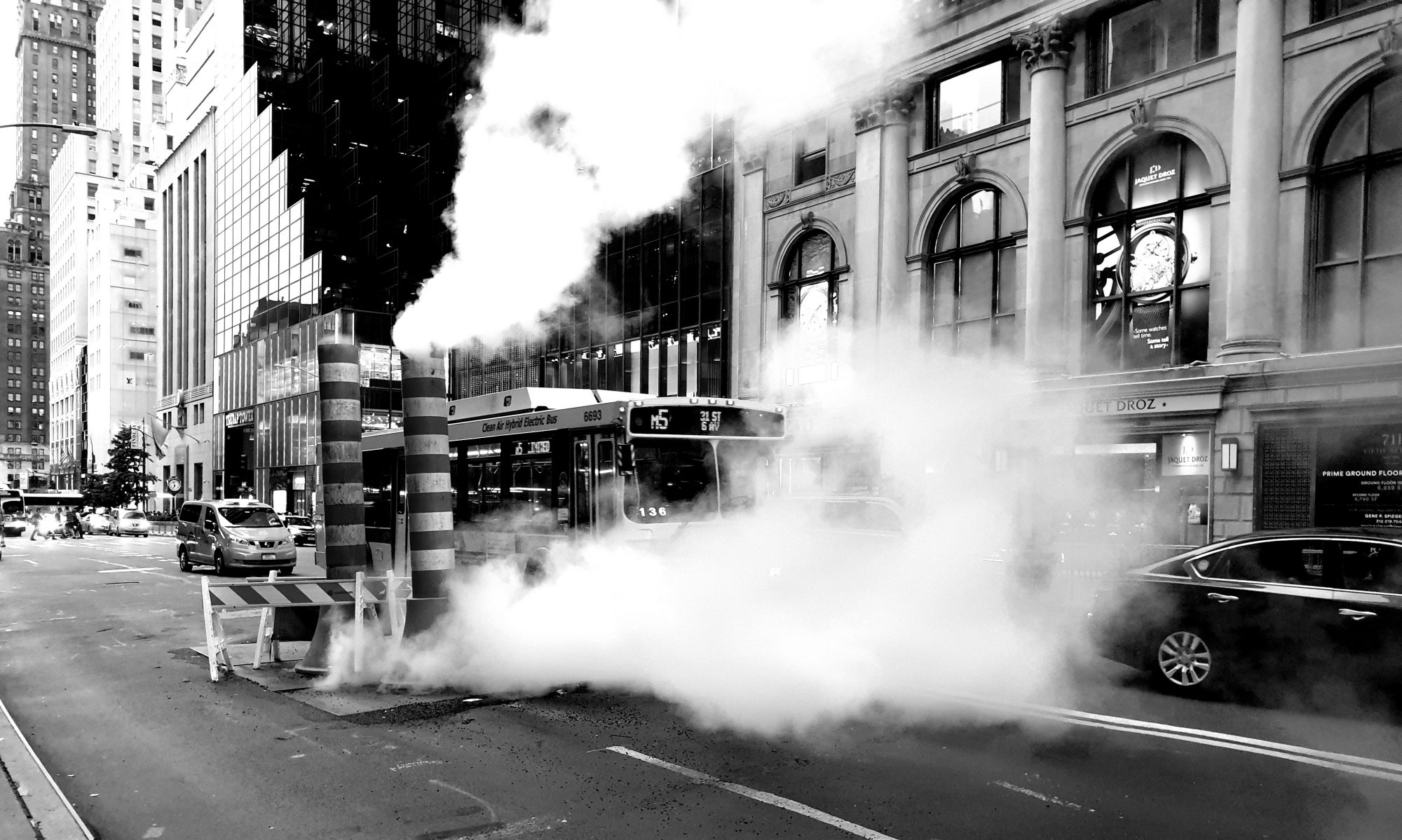A new year, new chances. In our professional and personal life we are getting more and more busy. Companies are looking for new employees because there is more work than the current number of people can handle. In the meantime, employees get extra tasks to do.
Or perhaps you start with a new role like Scrum Master, team lead or Product Owner. But you have also other roles and/or functions you use to have, and didn’t have time to quit. How do you get a good insight in what you’re doing and what tasks to stop with? Also, if you want to have a talk about your workload with your manager, how do you create the insight you both need to make a good decision?
Also it’s good to take a look at your own work every now and then so you can look at what you should start doing and what you must stop doing.
A tool I often use is “Ecocycle Planning” (EP). EP is a Liberating Structure. The origin is to look at the activities a group does and where there are bottlenecks (source: https://www.liberatingstructures.com/31-ecocycle-planning/). But I often use it for myself. What am I doing? Am I still doing the right thing? Should I start something else to provide more value? I came across the EP during a training I had a few years back and it’s a Liberating Structure I use often. But most of the times by myself.

How do I apply the Ecocycle Planning?
I start with writing down everything I do. I use Post-Its. Every task I write on a different one. I try not to be to common about it. I don’t use phrases like “meetings”, but try to be more specific like “1 on 1 with manager”, “project management meeting” or “weekly kick-off”. When I’m done, I often go and do something else and get back to it after an hour or so to check if I miss something.
When I have all my tasks written down, I put them on the Ecocylce Planning.
Renewal: Here I put all my ideas. Things I want to pick up, someday. A lot of ideas in here still need some development.
Poverty Trap: Here I have the ideas that are ready to use, but need investing in. That could be creating time, setting a side money, getting someone else on board. They all need some sort of investment to get started on. And that investment isn’t done yet.
Birth: The idea is developed. I can start on it. The idea is born. But in baby shoes.
Maturity: Here I put all the things I do for some time now. I have invested in them and now I’m picking the fruits of my labor.
Rigidity Trap: Here are the things I should stop doing. Often it are things that come easy and provide a lot of benefit. Think about a company that still supports that old software because that 1 client still pays a lot of money to use it.
Creative Destruction: Here come all the tasks that you are going to quit or need to be redefined. Sometimes you quit the task, come up with a new idea and put that back in Renewal.
When I’m done, I take a picture of it and look at what Post-It should go to the next step and I create a plan for myself how I can get that task there. So how can I get Task A from “Poverty Trap” to “Birth” or Task W from “Birth” to “Maturity”. After a while I create a new EP and inspect and adapt the plan I made. I repeat this a few times a year.
Making visual what I’m doing helps me a lot keeping track of am I still doing the right thing. Give it a try. Perhaps it shows you should stop doing some things and start doing other things to give yourself more energy and create more value. You cannot do everything.
